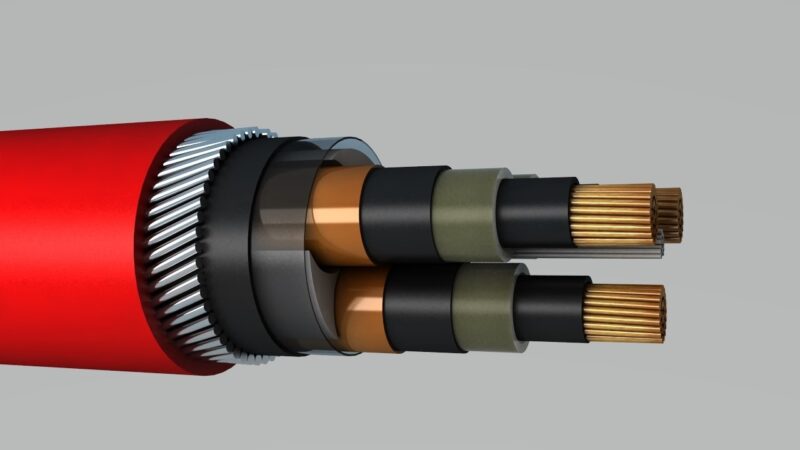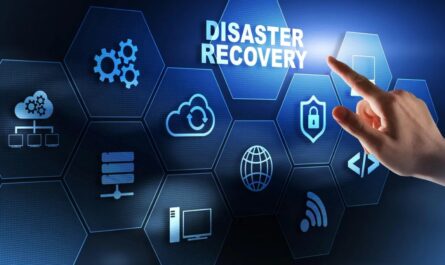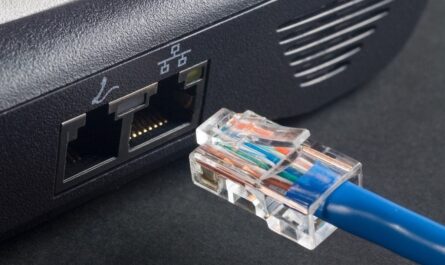Medium voltage cable is an essential component in power distribution systems, providing reliable and efficient transmission of electricity. This comprehensive overview aims to delve into the properties, benefits, installation tips, maintenance considerations, and applications of medium voltage cable.
By understanding the technical aspects and industry standards, professionals can make informed decisions when it comes to powering up with medium voltage cable. From utility companies to industrial sectors, this article offers a precise and analytical examination of this critical infrastructure component.
Page Contents
Understanding Medium Voltage Cable Properties
This section will delve into the various properties of medium voltage cable, providing a comprehensive understanding of its characteristics and capabilities. Medium voltage cable specifications play a crucial role in determining the performance and reliability of power distribution systems.
These cables are designed to handle voltage levels ranging from 1 kV to 35 kV, making them suitable for a wide range of applications. One of the key advantages of medium voltage cable is its ability to transmit power over longer distances without significant losses. This makes it an ideal choice for large-scale industrial and commercial projects.
Additionally, medium voltage cable offers enhanced insulation and shielding properties, ensuring safe and efficient power transmission. Its durability and resistance to environmental factors make it suitable for both underground and overhead installations.
Benefits of Using Medium Voltage Cable
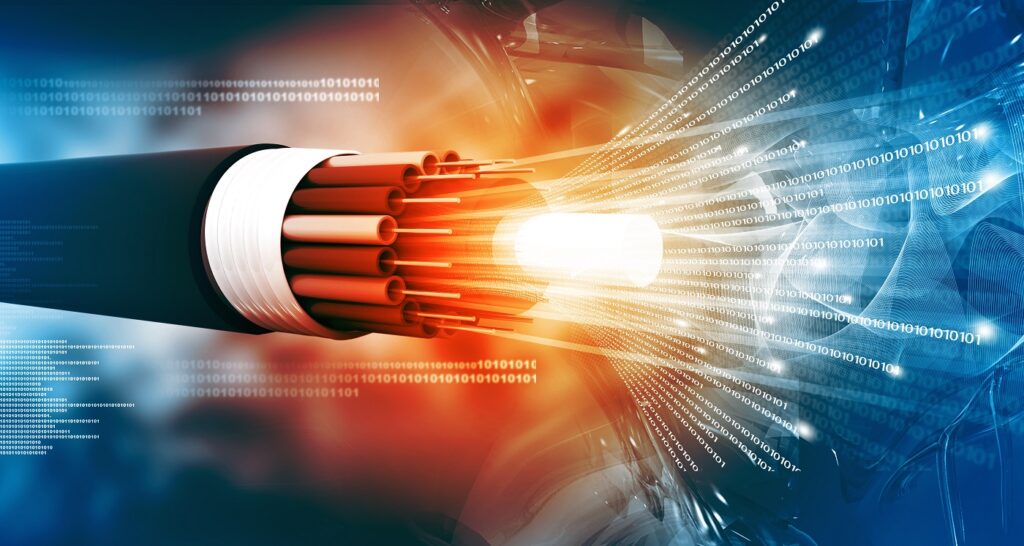
Utilizing medium voltage cable in power distribution systems offers numerous advantages, including increased efficiency and cost-effectiveness.
Medium voltage cables are designed to transmit higher levels of electrical power efficiently over longer distances, reducing the need for additional infrastructure and minimizing energy losses.
By using medium voltage cable, power distribution systems can achieve higher energy transfer rates, resulting in improved overall efficiency. This increased efficiency translates to lower operating costs and reduced energy consumption, making medium voltage cable a cost-effective solution.
Additionally, the use of medium voltage cable can have a positive environmental impact. By optimizing energy transmission and reducing energy losses, medium voltage cable helps to minimize carbon emissions and decrease the overall ecological footprint of power distribution systems.
Installation Tips for Medium Voltage Cable
When installing medium voltage cable, it is important to carefully follow industry best practices to ensure a safe and reliable electrical system. Proper installation techniques and adherence to cable sizing guidelines are crucial for the efficient operation of medium voltage cables.
Firstly, it is essential to select the appropriate cable size based on the voltage rating and current carrying capacity requirements of the system. This involves considering factors such as cable length, load characteristics, and voltage drop limits.
Additionally, proper cable installation techniques must be followed to minimize the risk of damage or failure. This includes ensuring proper cable routing, avoiding sharp bends or kinks, and using suitable cable support systems.
It is also important to properly terminate and seal the cable connections to maintain the integrity of the system.
Maintenance and Safety Considerations for Medium Voltage Cable
Regular maintenance and strict adherence to safety protocols are crucial for ensuring the longevity and safe operation of medium voltage cable systems.
Proper maintenance procedures should be followed to prevent any potential failures or accidents. This includes regular inspections to identify any signs of wear or damage, such as cracks, corrosion, or insulation degradation.
It is important to conduct thorough testing, such as insulation resistance and voltage withstand tests, to ensure the cable’s integrity.
Additionally, protective equipment should be used by trained personnel during maintenance activities, such as gloves, goggles, and insulated tools. These precautions minimize the risk of electric shock and other hazards.
Implementing a comprehensive maintenance plan and providing proper training on safety protocols are essential for maintaining the reliability and safety of medium voltage cable systems.
Applications and Industries Utilizing Medium Voltage Cable
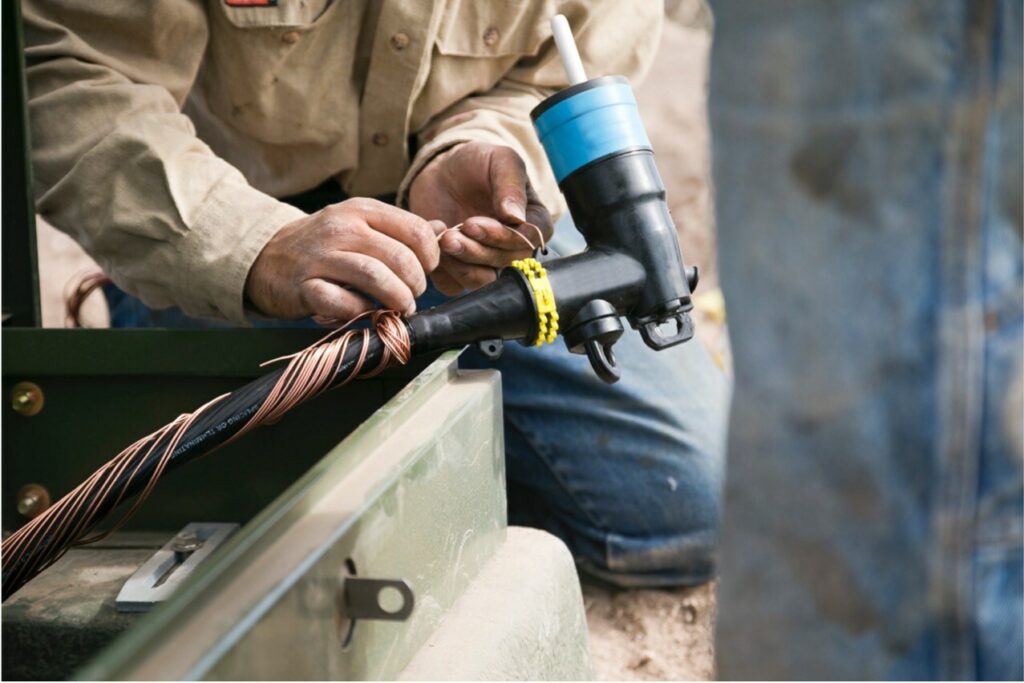
Across various sectors and industries, medium voltage cables are extensively utilized for their reliable and efficient power transmission capabilities.
In the field of power generation, medium voltage cables play a crucial role in connecting power plants to the electrical grid. These cables are used to transmit electricity from various sources, including fossil fuel power plants, nuclear power plants, and renewable energy facilities.
In particular, the rise of renewable energy sources such as solar and wind power has increased the demand for medium voltage cables. These cables are used to transmit the electricity generated by solar panels or wind turbines to the grid, ensuring a smooth and efficient distribution of power.
The use of medium voltage cables in power generation and renewable energy industries highlights their importance in supporting a sustainable and reliable energy infrastructure.
Challenges of Implementing Medium Voltage Cables
While medium voltage cables offer numerous benefits, initial installation can be costly. The infrastructure required, especially for underground installations, can lead to substantial expenditures. However, it’s essential to note that the long-term benefits, such as reduced energy loss and lower maintenance costs, often justify the initial investment.
Environmental concerns underground installation of medium voltage cables can have environmental implications, especially in ecologically sensitive areas. Disturbing the soil can impact local flora and fauna, and proper measures should be taken to mitigate these effects.
Adaptation to New Technologies
As technology advances, the power distribution sector faces the challenge of integrating new systems with existing infrastructure. Medium voltage cables must be adaptable to work in tandem with modern technologies, requiring constant updates to standards and installation techniques.
Medium Voltage Cables in Urban Planning
Integration in city infrastructure as urban areas continue to expand and modernize, medium voltage cables play a vital role in city infrastructure. They can be seamlessly integrated into urban planning designs, providing power to high-rise buildings, transportation systems, and public facilities. The cables’ ability to transmit power over longer distances makes them ideal for sprawling urban landscapes.
Aesthetic Considerations
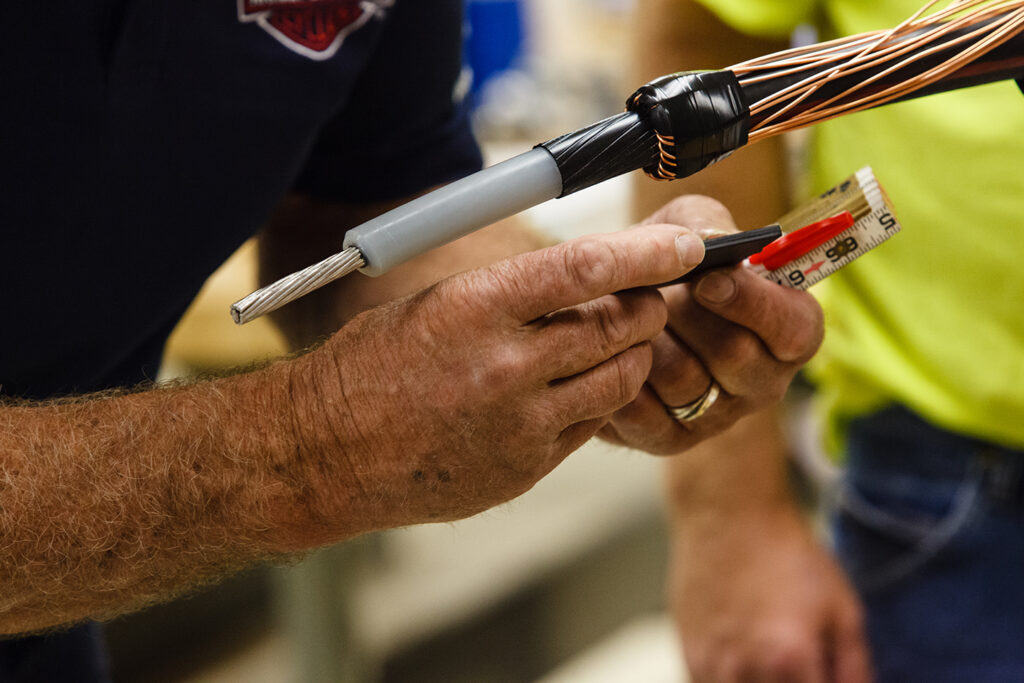
In urban settings, overhead medium voltage cables can sometimes be considered an eyesore. Planners and architects work to design solutions that either camouflage these cables or opt for underground installations. Underground systems, while more aesthetically pleasing, require additional considerations regarding accessibility and maintenance.
Safety in Crowded Areas
Safety is paramount, especially in densely populated urban centers. Ensuring that medium voltage cables are installed safely away from areas with high human traffic is crucial. Specialized protective barriers or enclosures may be employed in situations where cables run close to pedestrian zones.
The Future of Medium Voltage
Cables as our dependence on electricity continues to grow, the significance of medium voltage cables in power distribution systems cannot be overstated. By understanding their properties, benefits, challenges, and applications, industry professionals can better harness their potential and pave the way for a more efficient, sustainable, and reliable energy future. Whether powering up a bustling city or a remote industrial site, medium voltage cables remain a cornerstone of modern electrical infrastructure.
